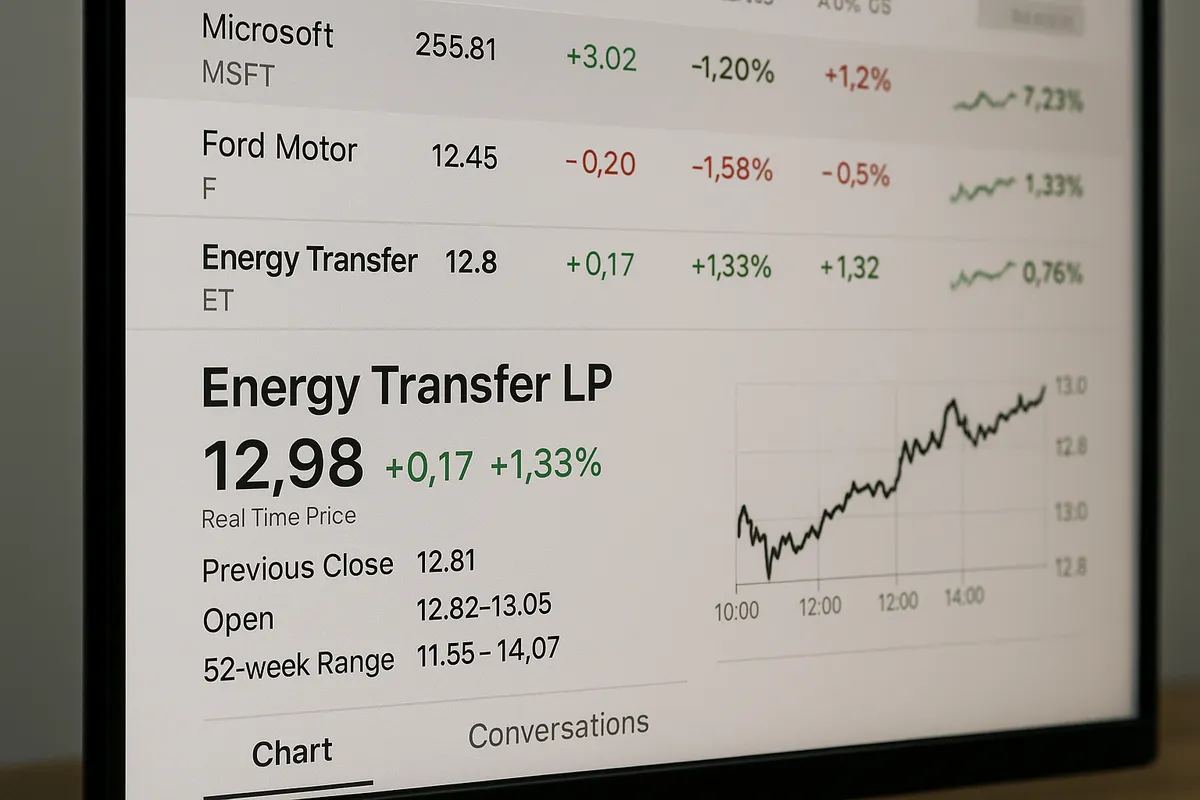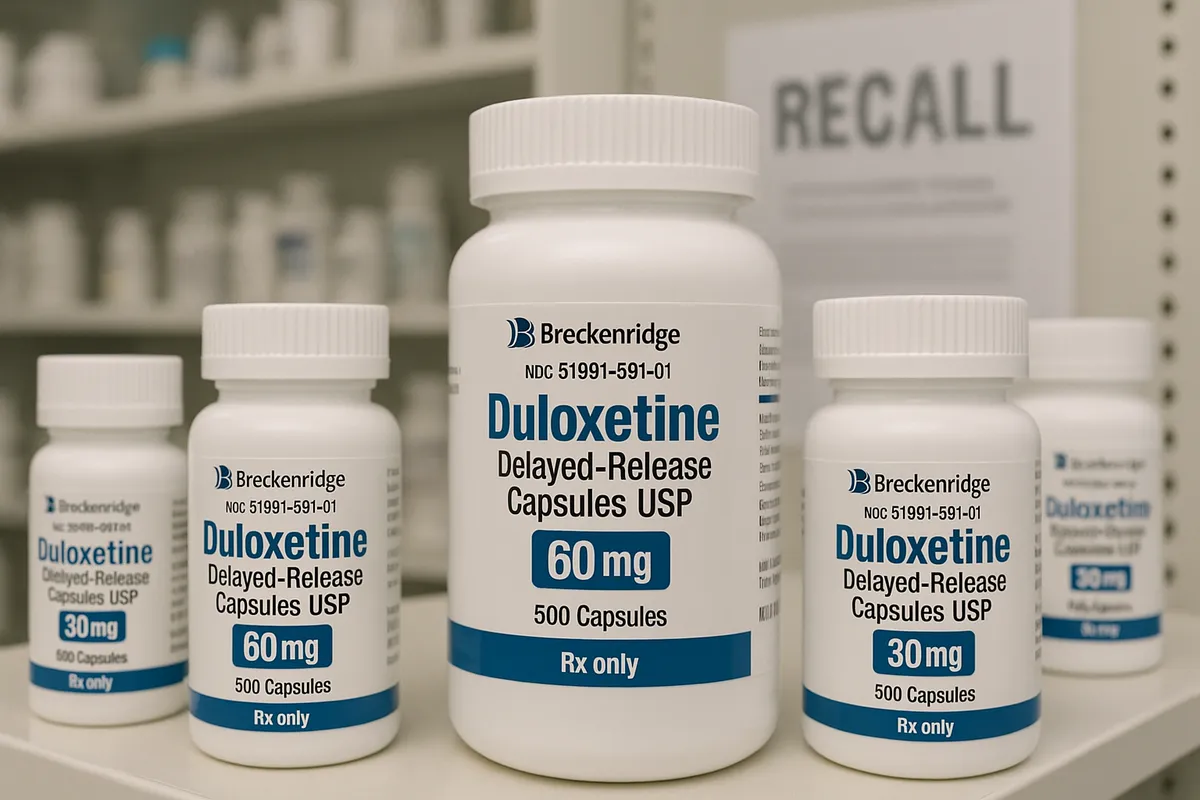
Consumers who purchased or otherwise acquired Energy Transfer common units between Feb. 25, 2017, and Nov. 11, 2019, may qualify to claim a cash payment from a class action settlement.
Energy Transfer LP agreed to pay $15 million to settle a class action lawsuit alleging violations of federal securities laws. The lawsuit claimed the company and certain executives made false or misleading statements regarding the construction, timelines and capacity of pipeline projects in Pennsylvania, which allegedly caused investors to pay inflated prices for Energy Transfer common units.
Who are the class members?
The settlement class includes all persons and entities who purchased or otherwise acquired Energy Transfer (NYSE: ETE or ET; CUSIP: 29273V100) common units between Feb. 25, 2017, and Nov. 11, 2019, and held those units through at least one of the dates when corrective information was released to the market.
Class members who acquired Energy Transfer units through the conversion of another security, such as Energy Transfer Partners LP, are eligible as long as the acquisition occurred during the class period.
How much can class members receive?
Pro rata payment: The total settlement fund is $15 million. The settlement administrator will distribute this amount to eligible class members after deducting court-approved attorneys’ fees, litigation expenses, notice and administration costs, and taxes.
The estimated average recovery is $0.005 per eligible common unit before deductions. However, the actual amount each class member receives will depend on:
- The number of valid claims submitted
- The number of units purchased/acquired and held through relevant dates
- The purchase and sale prices
The plan of allocation uses a table of artificial inflation values for different periods during the class period.
- If consumers acquired units through the merger with Energy Transfer Partners LP, the market value on the date of acquisition is used as the purchase price.
- If their recognized claim is less than their overall market loss, their claim is limited to the market loss.
- If their recognized claim is less than $10, they will not receive a distribution.
How to claim settlement payment
Class members can file a claim online or download, print and complete the PDF claim form and mail it to the settlement administrator. The claim deadline is Nov. 28, 2025.
Settlement administrator’s mailing address: Energy Transfer Securities Litigation c/o JND Legal Administration, P.O. Box 91415 Seattle, WA 98111
What proof or documentation is required to submit a claim?
- All class members must provide the last four digits of their Social Security or taxpayer identification numbers and their account number(s).
- Class members must also provide documentation for all transactions and holdings of Energy Transfer common units. Acceptable documents include:
- Brokerage confirmation slips
- Monthly brokerage account statements
- Authorized statements from a broker containing transaction and holding information
- Do not send originals; please send copies. Failure to provide documentation may result in claim rejection.
- Class members who do not receive an acknowledgment postcard within 60 days should contact the claims administrator.
Payout options
- Paper check
- IRA payment (IRA-related claims only)
$15 million settlement fund breakdown
The $15,000,000 settlement fund covers:
- Settlement administration costs: To be determined
- Attorneys’ fees: Up to $3,750,000
- Attorneys’ expenses: Up to $2,600,000 (may include service award to lead plaintiff)
- Payments to eligible class members: Remainder of the fund
Important dates
- Fairness hearing: Oct. 7, 2025
- Deadline to file a claim: Nov. 28, 2025
When is the Energy Transfer Securities Litigation payout date?
The settlement administrator will distribute payments after the court grants final approval and resolves any appeals.
Why did this class action settlement happen?
The class action lawsuit alleged Energy Transfer and certain executives violated federal securities laws by making false or misleading statements about the construction status, timelines and capacity of pipeline projects in Pennsylvania. The plaintiff claimed these statements inflated the price of Energy Transfer common units, causing investors to pay more than they otherwise would have.
The settlement provides a cash benefit to class members and avoids the risks and delays of further litigation and possible appeals. Energy Transfer denies any wrongdoing.
.png)







.webp)
.webp)
.webp)

.webp)
.webp)
.webp)
.webp)







.svg)
Comments